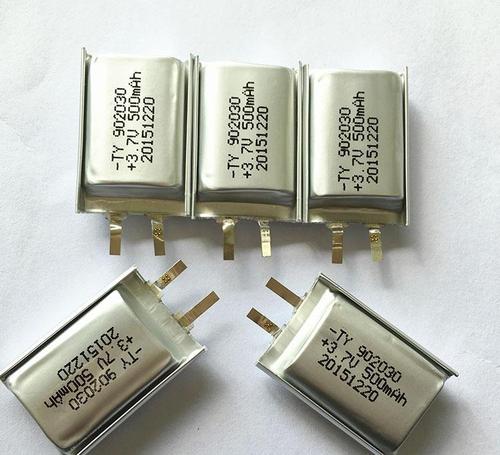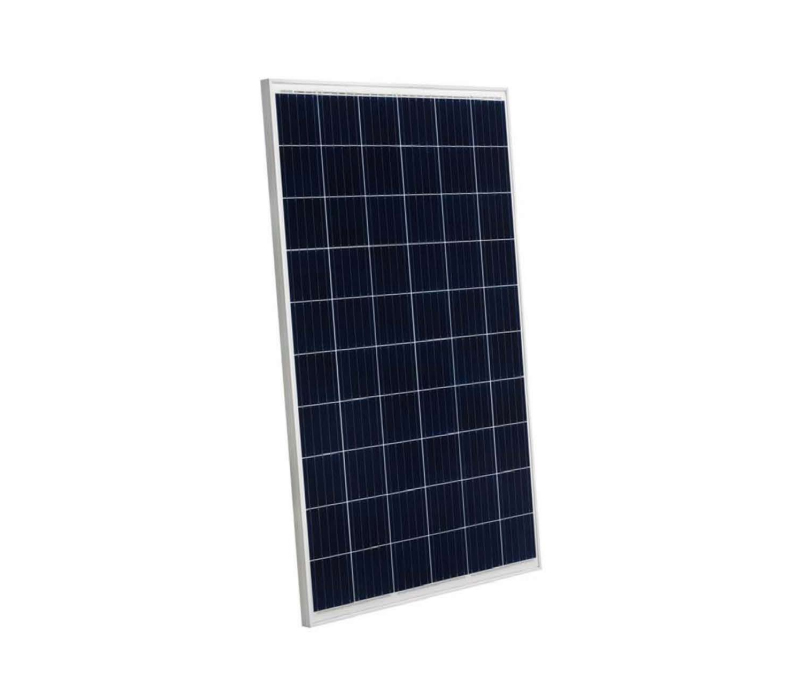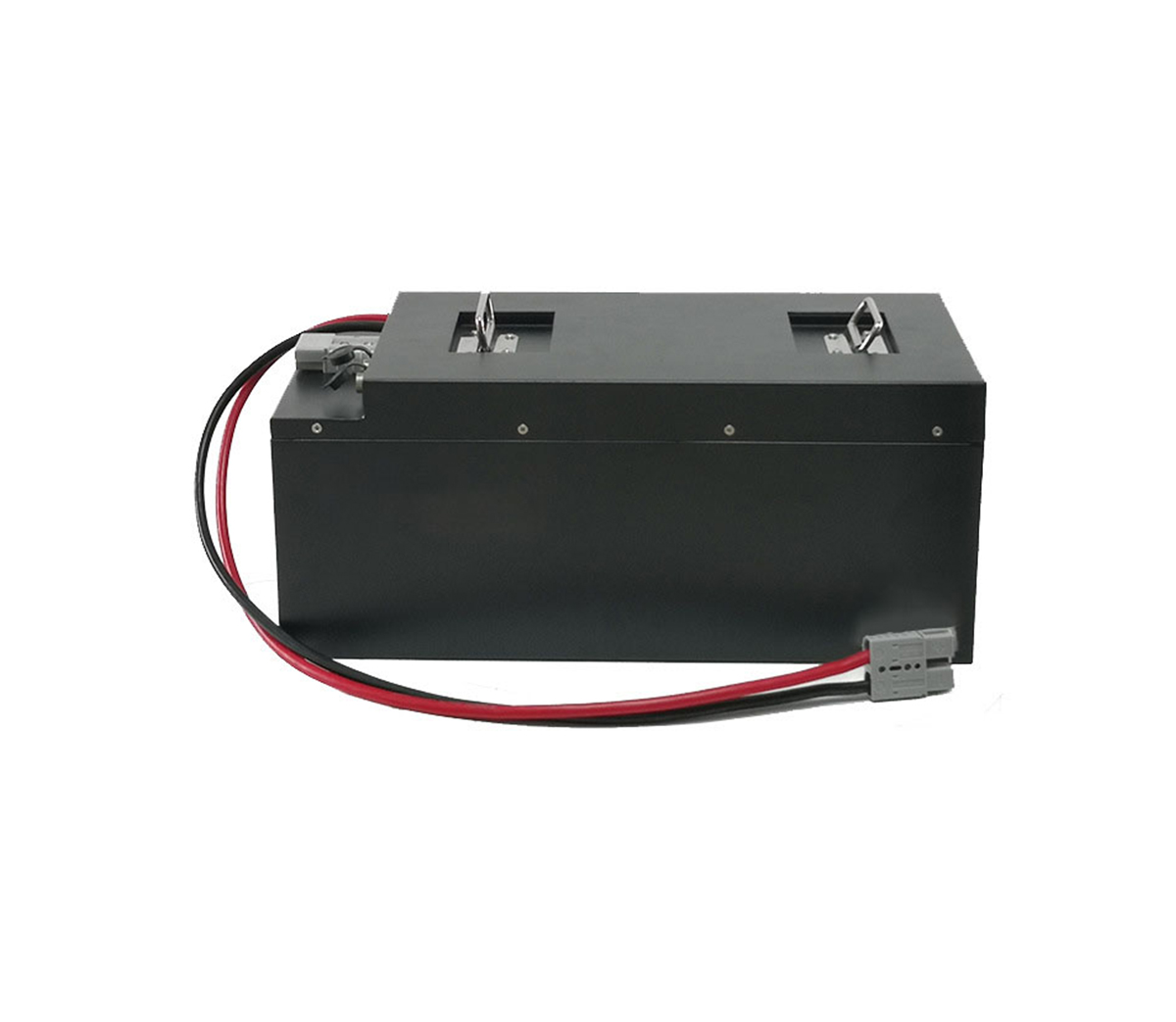
Silicon-based anode materials are regarded as one of the alternative
products of the existing commercial carbon anode materials. However, they cannot
be commercialized due to the large volume effect in the charge and discharge
process. For this reason, researchers have carried out a large number of
modification studies. .
Silicon-based anode materials are regarded as one of the alternative
products of the existing commercial carbon anode materials. However, they cannot
be commercialized due to the large volume effect in the charge and discharge
process. For this reason, researchers have carried out a large number of
modification studies. . Based on two aspects of theoretical research and
experimental research, summarize the research progress of silicon-based anode
materials, hoping to promote the research of new alloy anode materials. The
rapid development of the field of new energy power generation in recent years
has put forward new requirements for the matching energy storage system. In the
replacement of energy storage batteries, lithium-ion batteries have become a key
research area due to their various advantages, and have been practically applied
in a large number of energy storage projects, and have achieved certain results.
The capacity of a lithium ion battery is determined by the active lithium ion of
the positive electrode material and the ability of the negative electrode
material to insert and release lithium. The stability of the positive and
negative electrodes in various environments determines the performance of the
battery, and even seriously affects the safety of the battery. , The performance
of the electrode determines the overall performance of the lithium-ion battery
to a certain extent. However, the current commercial lithium-ion battery anode
materials are mainly graphite-based carbon anode materials with a theoretical
specific capacity of only 372mAh/g (LiC6), which severely limits the further
development of lithium-ion batteries. Silicon-based materials are the research
system with the highest theoretical specific capacity in the research of anode
materials. The alloy formed is LixSi (x=0~4.4), and the theoretical specific
capacity is as high as 4200mAh/g, due to its low lithium insertion potential and
low atomic mass , High energy density and high Li mole fraction in Li-Si alloys
are considered as alternative products for carbon anode materials. However, the
silicon negative electrode has serious volume expansion and contraction during
the lithium insertion and desorption cycle, which causes the destruction of the
material structure and mechanical pulverization, resulting in the electrode
showing poor cycle performance. In recent years, researchers have carried out a
large number of modification studies on silicon-based anode materials and have
made certain progress. Based on theoretical research and experimental research,
this paper summarizes the current research methods and research methods of
silicon-based anode materials at home and abroad, hoping to promote the research
of new alloy anode materials. 1 Theoretical research When currently
researchers choose a research system, they mainly choose some systems to try
based on existing relevant experience, which takes a long time, wastes
resources, and is inefficient. Due to the large number of candidate systems and
the uncertainty of the synthesis process, the development of new alloy anode
materials based on experimental research has been slow. In recent years, through
theoretical simulation methods, the structure and performance of materials have
been predicted, so as to optimize the research objects and develop new materials
in a targeted manner. This kind of research method that combines theoretical
research and experimental research has been obtained more and more. The
attention of researchers. The current theoretical research on silicon-based
anode materials is mainly based on the simulation research of density functional
theory. The software used is mainly MaterialsStudio developed by the American
Accelrys company, which contains a large number of program modules, which are
used for simulation of alloy materials. CASTEP module, CASTEP module is an
advanced program module based on solid-state physics and quantum physics
developed on MaterialsStudio. Its theoretical basis is charge density functional
theory (DFT), and local charge density approximation (LDA) or generalized
gradient can be selected. Approximate (GGA).
According to ICSD2009 (ICSD#29287), the crystal lattice structure of
silicon belongs to the cubic crystal system, the space group type is Fd-3ms, and
the space group number is 227. The schematic diagram of the lattice structure is
shown in Figure 1, where the lattice constant a=b= c=0.543071nm, the edge angle
a=b=g=90°. During the charging process, lithium ions from the positive electrode
material are inserted into the gap positions of the host material under the
action of the electrolyte. Hou et al. studied the lithium insertion and release
mechanism of Li-Si alloy as a negative electrode material for lithium-ion
batteries based on the first-principles plane wave pseudopotential method.
Studies have shown that the first irreversible capacity loss of Si comes from
the formation of the SEI film and the lithium-poor phase Li12Si7, which is
difficult to dealloy. Chou et al. conducted a first-principles study on the
silicon interface after lithium intercalation and the behavior of lithium
intercalation. The results show that when the concentration of lithium ions is
low, the slightly lithium-rich Li-Si alloy interface is in a relatively stable
state. As the concentration of lithium ions increases, in addition to the
outermost Si-Si bond, the structure near the surface and The composition becomes
similar to that of the host material; the influence of the interface on the
material is mainly the first two atomic layers. The transport of lithium ions is
related to the alloy composition, and the diffusion coefficient of lithium ions
increases geometrically in the advanced lithium insertion stage. Rahaman et al.
conducted a first-principle study on the influence of the ratio of oxygen in
silicon oxide on the structure and electronic properties. The results showed
that the oxygen atoms reacted violently with the intercalated lithium ions,
leading to the decomposition of the host material. The high concentration of
oxygen atoms can suppress the volume expansion of silicon during charging and
discharging, and help to suppress the material pulverization failure caused by
the volume effect. The increase in oxygen content can increase the lithium
insertion capacity of the silicon oxide negative electrode, but it can lead to
the formation of lithium silicate, which is difficult to dealloy, thereby
introducing irreversible capacity loss. 2 Experimental research 2.1 Modification
of silicon Modification of elemental silicon is mainly done by adding the second
component to form Si-M alloys, reducing the volume expansion coefficient of
silicon alloys, or making silicon porous and nano-sized through various
engineering techniques , Reserve space for the volume expansion of silicon and
reduce the influence of silicon volume effect on the cycle stability of the
material. 2.1.1 Alloying of silicon The biggest obstacle affecting the
commercialization of silicon anode materials is the material pulverization
failure caused by the large volume effect of silicon in the charge and discharge
process. Experiments have shown that the introduction of the second component to
form the "Si-M" active-active or active-inactive system can effectively reduce
the volume expansion coefficient of silicon, and take advantage of some of the
characteristics of the active element or the inactive element itself, such as
metal ductility and chemical properties. Bond characteristics, etc., alleviate
the volume effect of silicon in the process of lithium insertion and
removal. Lee et al. put silicon powder on the surface of a copper substrate and
heated it to 2000°C under vacuum to form a Si-Cu alloy thin-film anode material
with Cu as the substrate and gradually transitioning from the copper-rich state
to the Si-rich state from bottom to top. The half-cell test shows that after 100
cycles of cycles, the mass specific capacity of the film sample is 1250 mAh/g,
and the area specific capacity is 1956 mAh/cm3. However, excessive Cu leads to
the presence of partially crystalline silicon, which makes the cycle stability
of the sample relatively poor.webcam factory
Yang Juan et al. used a combination of
mechanical ball milling and annealing to prepare Si-Fe composite anode
materials, and used the good electrical conductivity and ductility of Si-Fe
alloys to improve the cycle performance of Si. The results show that the
experimentally processed materials are partially alloyed, and different forms of
Si-Fe alloy phases are formed, but the degree of alloying is not complete. The
formation of Si-Fe alloy improves the cycle performance of Si as a negative
electrode material for lithium-ion batteries, and the higher the degree of
alloying, the better the electrochemical performance of the alloy material.
Zhang et al. used a combination of chemical corrosion, electrochemical reduction
and magnetron sputtering to prepare a three-dimensional nanostructured
multilayer Si/Al thin film anode material. The sample showed good
electrochemical performance, and the discharge rate was 4.2A/g. Under current
density, the reversible specific capacity is 1015mAh/g after 120 cycles of
cycles. Even if the discharge current is increased to 10A/g, the reversible
specific capacity still reaches 919mAh/g. The improvement of electrochemical
performance is mainly attributed to the effective distribution of
three-dimensional nanostructures. 2.1.2 Porosity of silicon The porosity of
silicon can increase the specific surface area of the main silicon material in
contact with the electrolyte, improve the transport efficiency of lithium ions
into the material, and enhance the conductivity of the material. On the other
hand, it can be used for silicon. The volume expansion that may exist during the
charging and discharging process reserves space to reduce the influence of the
silicon volume effect on the pole piece. Porosity of silicon has been widely
regarded as an effective means to solve the volume effect of silicon. Figure 2
shows the SEM topography of porous silicon.



































